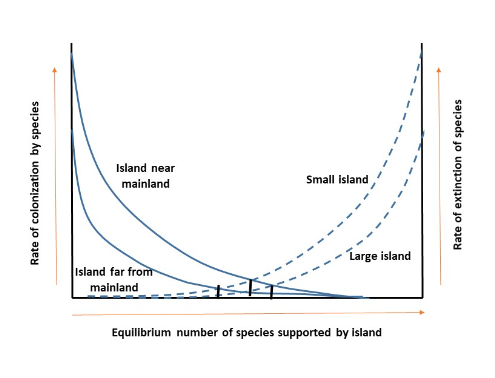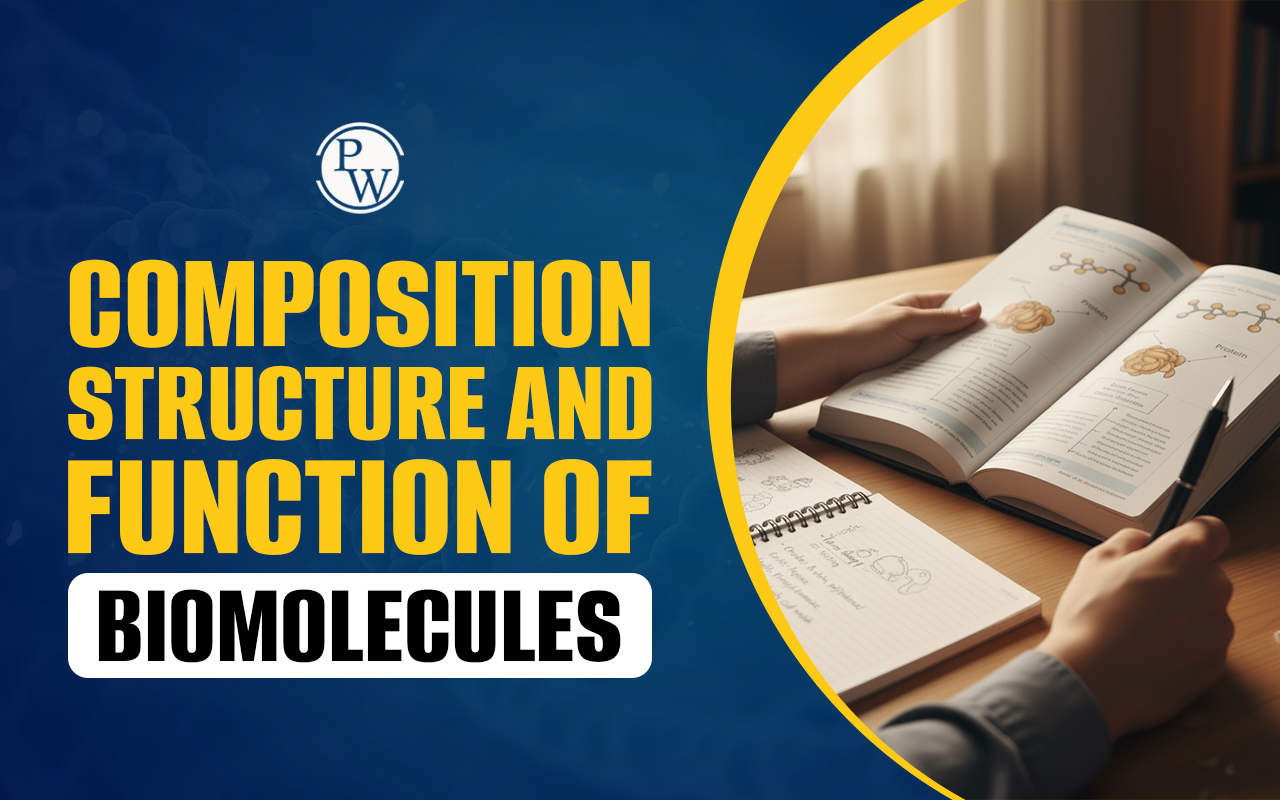
Theory of Island Biogeography: We have always been fascinated by nature because of its vast biodiversity and variety of rare species found all over the world. But have you ever wondered why some islands have such unique collections of flora and fauna? An intriguing framework for studying the dynamics of biodiversity on islands is provided by the Theory of Island Biogeography. This theory, which was developed by Robert MacArthur and E.O. Wilson in the 1960s, has completely changed how we think about how species colonize and survive on remote land masses. The Theory of Island Biogeography's fundamental ideas will be covered in detail in this blog, along with their significance and practical applications.
Understanding The Theory
The theory analyses how two fundamental processes, immigration, and extinction, interact to shape the diversity and composition of species on islands across time.
Immigration: The arrival and establishment of new species on an island are referred to as the immigration process. It occurs as individuals disperse and colonize the island from a source population (often the mainland). The distance between the island and the closest source of the species, the species' capacity for dispersal, and the presence of suitable habitats on the island are just a few of the variables that affect the rate of immigration. The theory states that larger islands often have higher immigration rates than smaller ones. This is because larger islands provide more habitat choices, increasing the chance that dispersing individuals from the mainland may come across them. Furthermore, larger islands frequently offer a wider range of ecosystems and ecological niches, attracting a wider variety of species.
Extinction: The disappearance of species from an island is referred to as the extinction process. It occurs when an island species cannot survive and either completely disappears or goes extinct locally. Several factors, such as scarcity of resources, competition with other species, predation, and natural disasters, can cause extinction. According to the theory, smaller islands are more susceptible than larger ones to experience higher rates of extinction. This is due to the fact that smaller islands have fewer habitats and resources, which increases competition among species for survival. Small populations on small islands are additionally more susceptible to stochastic events (random occurrences) that may result in extinction.
The Equilibrium Model of Island Biogeography: According to the Theory of Island Biogeography, a point of equilibrium will be attained where the rates of species immigration and extinction on an island are roughly constant. At this equilibrium, there will be a steady level of species richness because immigration and extinction rates will be equal.

Island biogeography theory emphasizes the dynamic nature of islands and that they are not stationary entities. Over time, the variables driving the rates of immigration and extinction might alter, changing the equilibrium species richness. For instance, a rise in immigration rates and a rise in species diversity may be caused by an increase in the habitats that are available, such as through volcanic activity or sea-level fluctuations.
Examples
The Galápagos Islands: The Galápagos Islands are a well-known illustration of the Theory of Island Biogeography and are located in the Pacific Ocean off the coast of Ecuador. The distinctive and varied flora and wildlife of these volcanic islands are well known. According to the Theory, the Galápagos Islands would have relatively low immigration rates as a result of their isolation, which would lead to a slower rate of species turnover. In fact, a large number of the species on the Galápagos Islands are endemic, which means they cannot be found anywhere else on Earth.
Krakatoa: In 1883, a devastating explosion wiped out Krakatoa's entire ecology, a volcanic island in Indonesia. Various plant and animal species eventually returned to Krakatoa, beginning with those able to disperse over great distances, like floating seeds or birds. This process of recolonization confirms the findings of the Theory of Island Biogeography, emphasizing the contribution of immigration to the development of the island's biodiversity.
Conclusion
The Theory of Island Biogeography offers insightful explanations of the intricate dynamics of biodiversity on remote landmasses. We can better comprehend the elements affecting species richness and composition on islands by investigating the processes of immigration and extinction. This theory also has significant implications for conservation initiatives, highlighting the importance of preserving island ecosystems to protect their distinctive and diverse biota.










